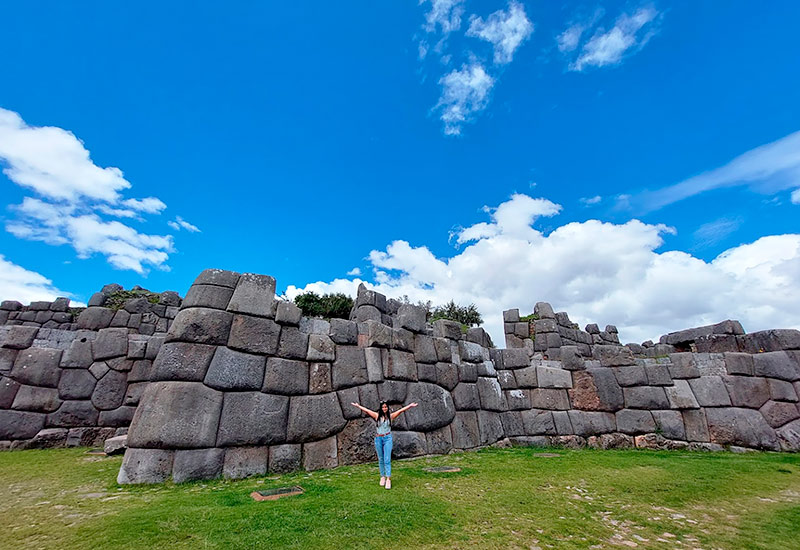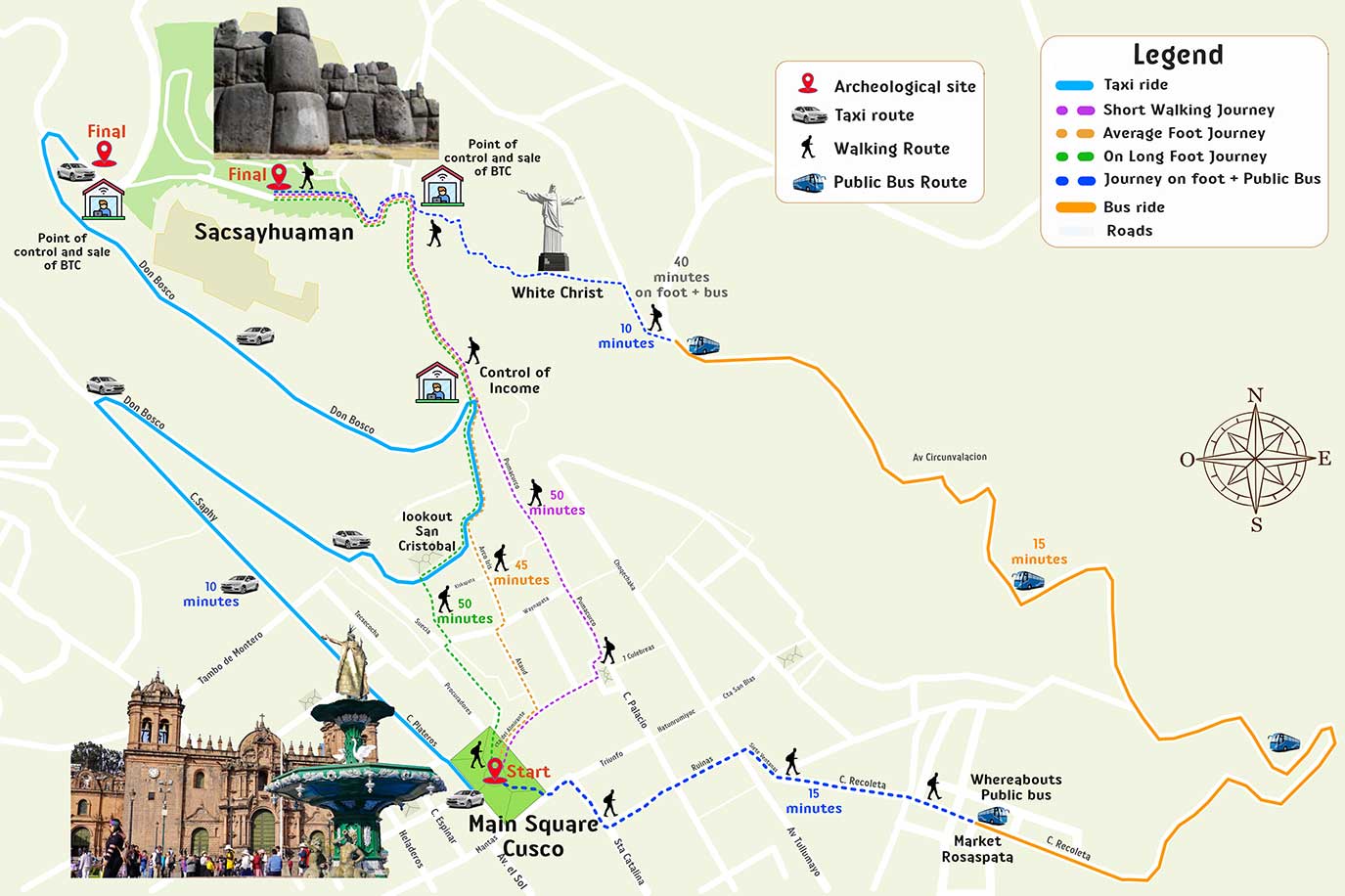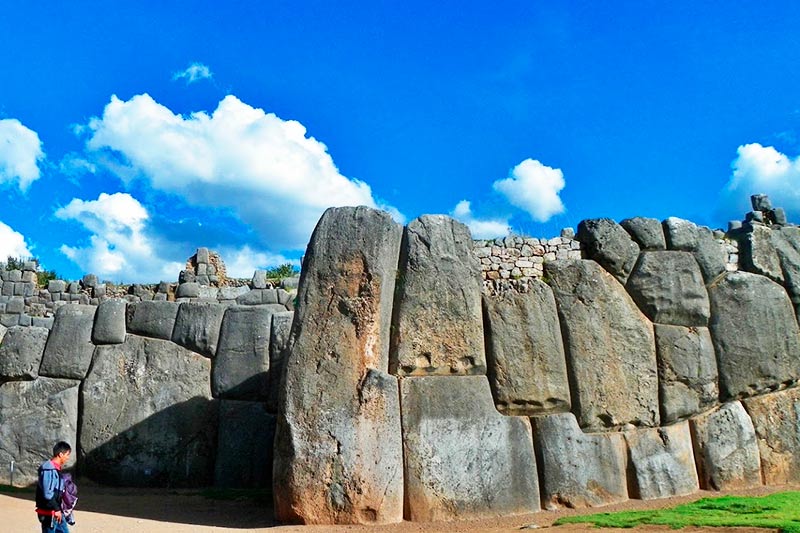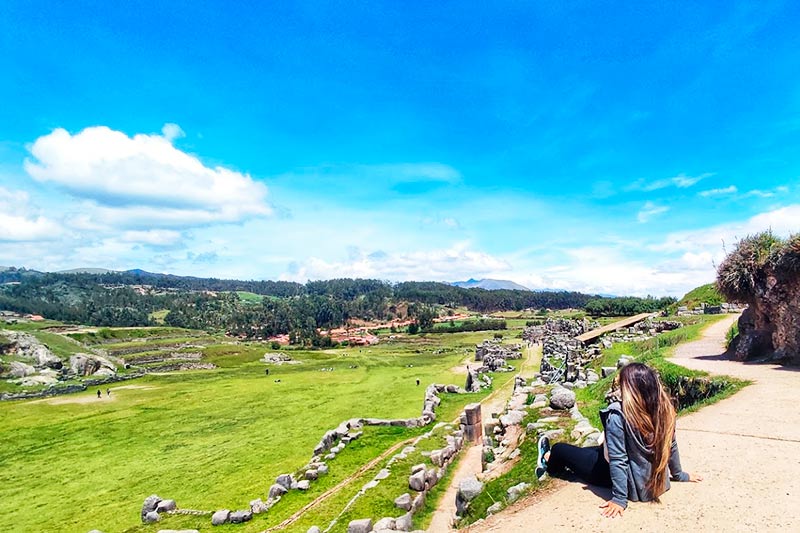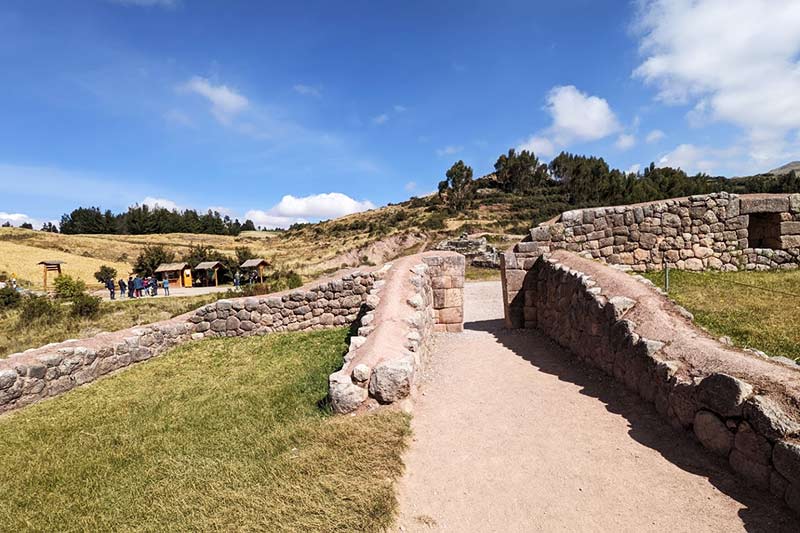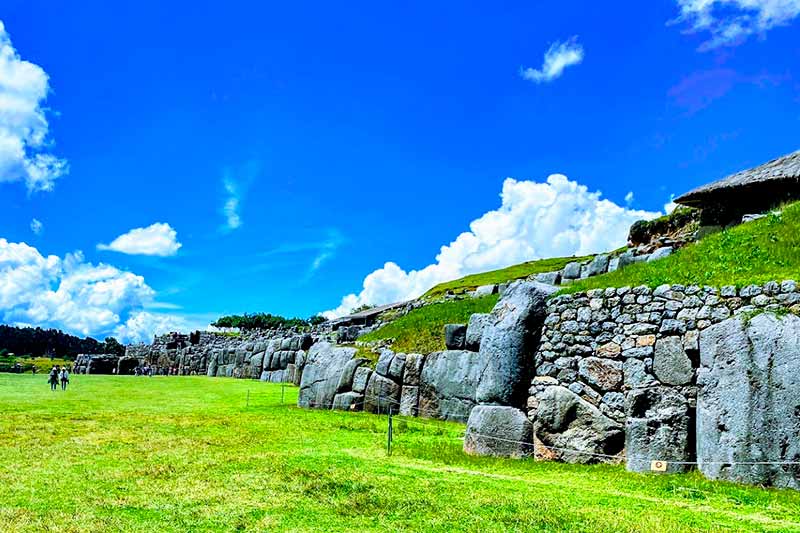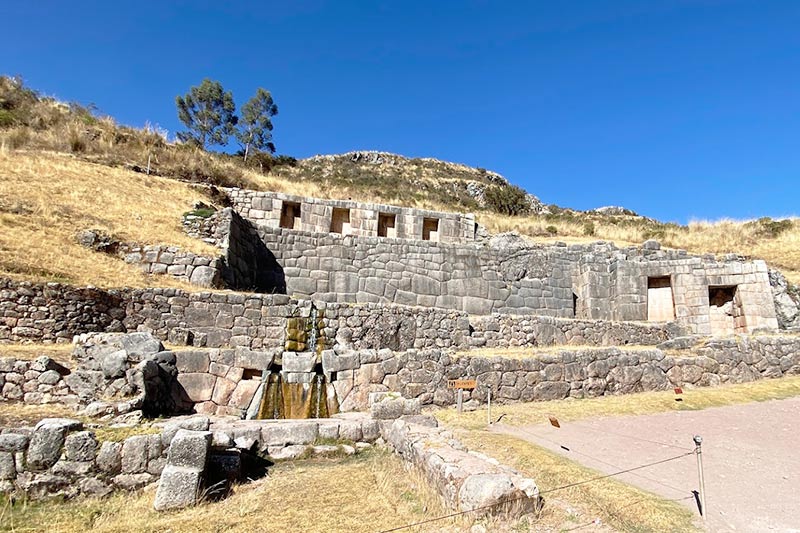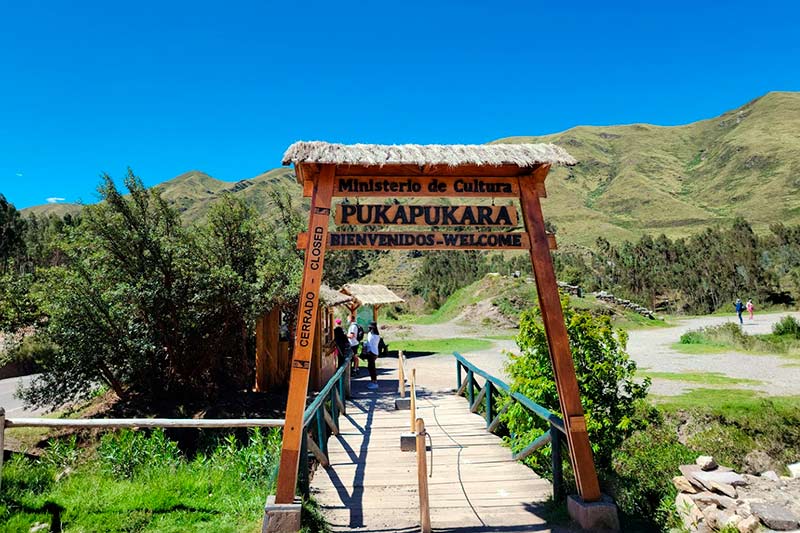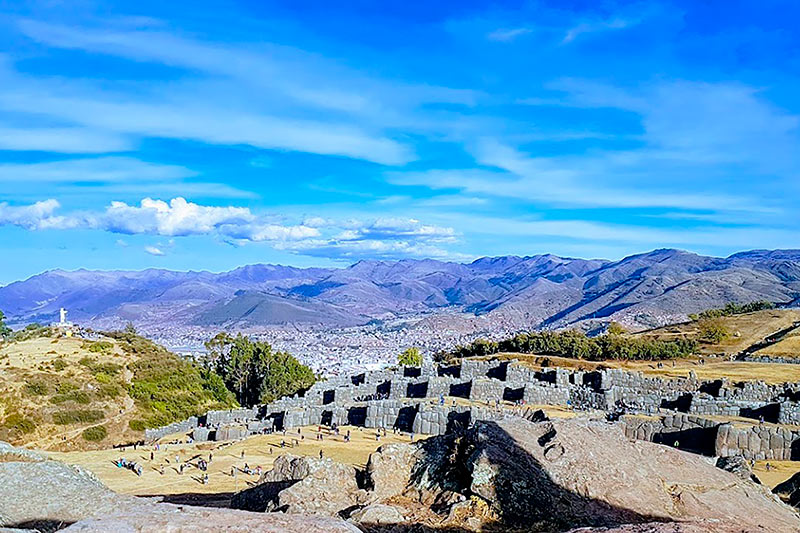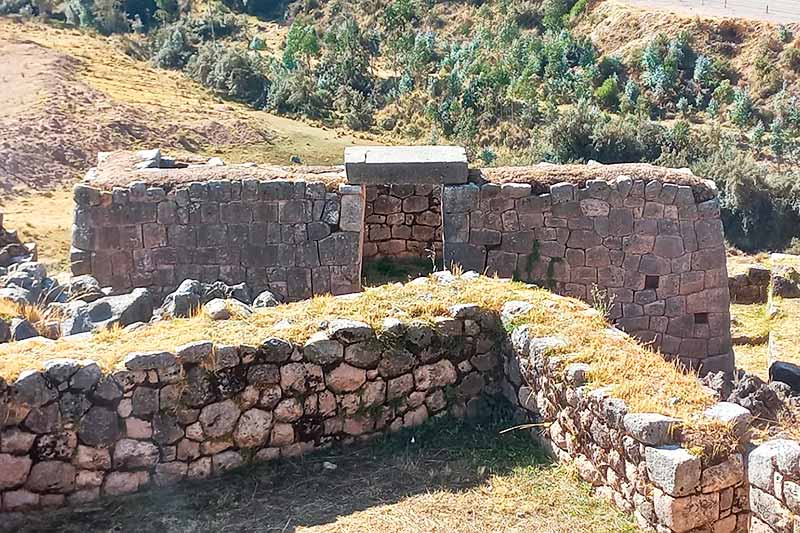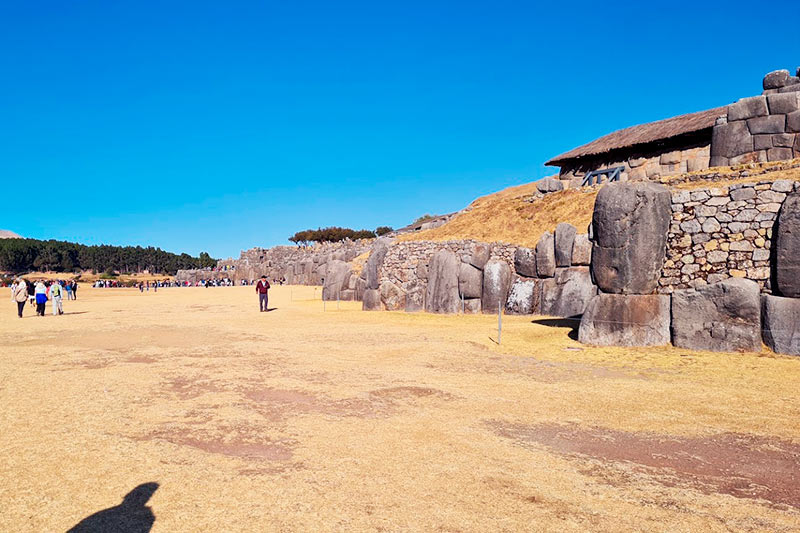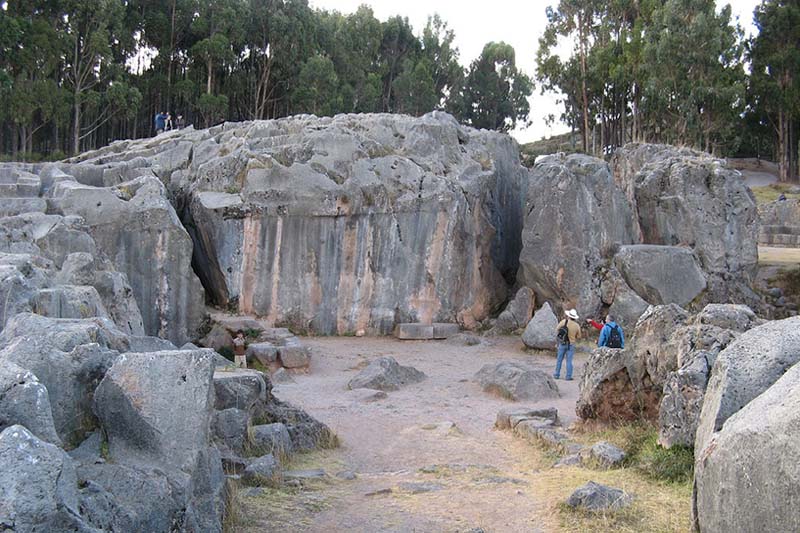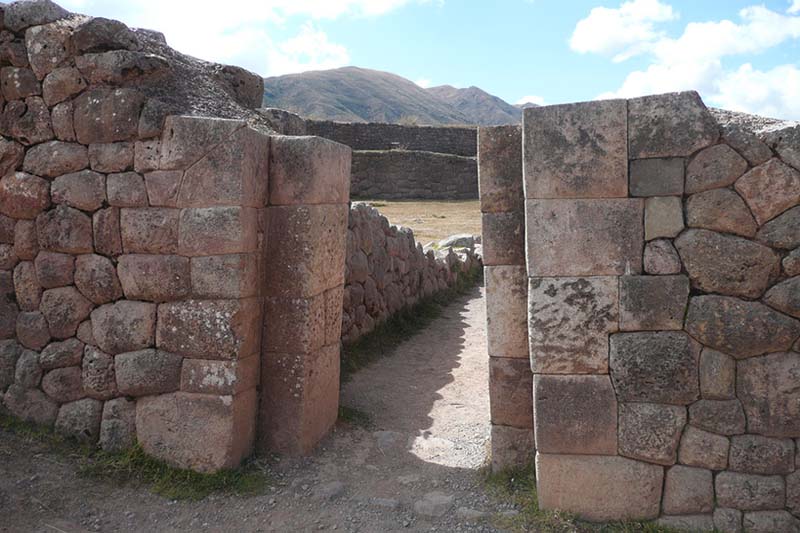Archaeological Park of Sacsayhuamán. How is the route?
Visiting Sacsayhuamán is easy since it is very close to Cusco. For that same reason, some decide to go on foot, others use urban transport service, but there is also the ease offered by a travel agency that will be in charge of organizing the trip not only to Sacsayhuamán, but also to other archaeological centers that are They are very close to this enclosure. Next, we will give you a brief tour of Sacsayhuamán and the places you can visit to learn more about the Incas.
- How to get to the Sacsayhuamán Archaeological Park?
- How can I enter Sacsayhuamán?
- What places can I visit if I go to Sacsayhuamán?
- How do I enter if I am from Cusco?
- More information
- Photo gallery
How to get to the Sacsayhuamán Archaeological Park?
The Archaeological Park of Sacsayhuamán is comprised of an area of more than 3,000 hectares, which is why in all this territory it is capable of hosting several places that are just becoming popular, of which we will see those that stand out the most. It is also possible to find a large amount of flora and fauna where birds of prey and small birds such as hummingbirds stand out. Likewise, it is possible to find among its flora, corn plantations, eucalyptus forests, and queuña. Among many more.
The entire archaeological park of Sacsayhuamán is very close to Cusco. Exactly in the elevated zone of the city. Only 3 kilometers separate them. This short distance encourages many to take a walking tour from the Plaza de Armas. This option is reliable because many decide to do this walk when the Inti Raymi. Another way to guide you is by following the path to appreciate the monument known as the White Christ that stands on a hill over the entire city of Cusco. Another option to reach this destination is using the urban buses of the transport company Señor del Huerto.
Once we have arrived, we will be able to enjoy the spectacular views that the enclosure offers. The visit to this place begins by visiting one of the largest sites we are referring to the Sacsayhuamán Fortress, where you can still find a large number of platforms and other remains of walls that give important value to this place. But, before entering will have to present your corresponding ticket.
How can I enter the Archaeological Park of Sacsayhuamán?
Once you have decided how to visit the archaeological park of Sacsayhuamán.You will have to have your identity document or your passport to verify your identity and ownership of the ticket. The entrance ticket is known as the Cusco Tourist Ticket, the ticket is for the exclusive use of people who do not reside or were born in Cusco. They are the ones who will have to use this ticket.
What places can I visit if I go to Sacsayhuamán?
When you get the Cusco Tourist Ticket, many options will open up for you to visit since each ticket has several ideal destinations to walk in one day. For example, with the integral ticket, you have more than 15 destinations and with the partial ticket for Circuit 1 can visit 4 destinations. All of them are very close to Sacsayhuamán. These destinations are also included in the City Tour Cusco, which is highly recommended because you have transportation to the access point of the 4 destinations that we will detail below.
Archaeological Park of Sacsayhuamán
One of the wonders that Cusco poses. In addition to its demonstrative appearance that was destroyed by the way, the large stones that formed the walls and floors of this place demonstrate an incredible architectural capacity, together with a work of engineering that astounds all the visitors who come to visit this place.It is estimated that for its construction more than 20,000 men were required over approximately 70 years. It was likely a titanic place, in the sense that it was built with gigantic stones. According to some studies, it can be understood that Sacsayhuamán was a religious space. In this sense, it would host temples dedicated to the Sun (Inti), the Luna (Quilla), the Stars (Chaska), and the Ray (Illapa).
Qenqo Archaeological Site
This is a space dedicated to funerals with ceremonies of mummification. On this site found the rest of the sacrifices. Carried out throughout the area you can find several ceremonial rocks that have ideal sculptures so that liquids can flow throughout the stone. Another interesting fact is that one of the small huacas or sacred stones that can be found in the enclosure was dedicated to the son of Huayna Capac, Huáscar at the moment of his birth. You can find chincanas or underground tunnels.
Puca Pucara Archaeological Site
This is a space that probably functioned as a control point, as you can find several enclosures dedicated to the temples for the main deities. There are also remains of towers, and spaces that can be seen as plazas, paths, and aqueducts. In understanding it as a control point, it is possible that it functioned as a place of rest or preparation for the beginning or end of great war campaigns.
Something that also characterizes it as a fortress is the contending walls or Andenes that managed to position the enclosure very close to a precipice.Tambomachay Archaeological Site
This archaeological site is closely linked to the previous one. These are waterfalls, very imposing and built to achieve a religious space due to the presence of several Ushnus. It is believed that it was a dedicated space for the elites because it is also known as Los baños del Inca. Aunque recent studies link it more as a purifying space and in addition, it would be a space dedicated to the adoration of the Water. By its construction, it is understood that it has an architecture proper to the best temples that can be found in all Inca constructions dedicated to the gods.
Always remember to take your tour with a professional guide to better understand the historical value of all the destinations you will see. Another way to make your trip to Sacsayhuamán or your vacation easier is through a tourism agency. We have many alternatives to make your experience in Cusco one of the most pleasant.
How do I enter if I am from Cusco?
In this case, admission is free, but you cannot forget your ID, since it will be essential that you prove to be from Cusco. You will also have to put your name and ID number in the Visits Notebook. This is important because it helps the Ministry of Education to statistically record the increase or decrease of visitors to this place.
More information
| Archeological site | Distance from Cuzco | Travel time | Visiting hours |
| Sacsayhuamán | 2 kilometers approx. | 10 minutes. | 7:00 a.m. to 6:00 p.m. |
| Qenqo | 3 kilometers approx. | 15 minutes. | 7:00 a.m. to 6:00 p.m. |
| Puca pucara | 7 kilometers approx. | 25 minutes. | 7:00 a.m. to 6:00 p.m. |
| Tambomachay | 10 kilometers approx. | 30 minutes. | 7:00 a.m. to 6:00 p.m. |
Advice from people who have been there
 By: Mariana L.
By: Mariana L. “Sacsayhuamán is incredible...huge stones“
“You have to walk 25 minutes from the center of Cusco to the archaeological park, I recommend going in the morning, in the afternoon there are too many people. Among all the places we saw, I can say that Sacsayhuaman looks like an alien construction, it is simply impressive; excellent prior to Machu Picchu“
By Ticket Machu Picchu – Last updated, August 15, 2024
